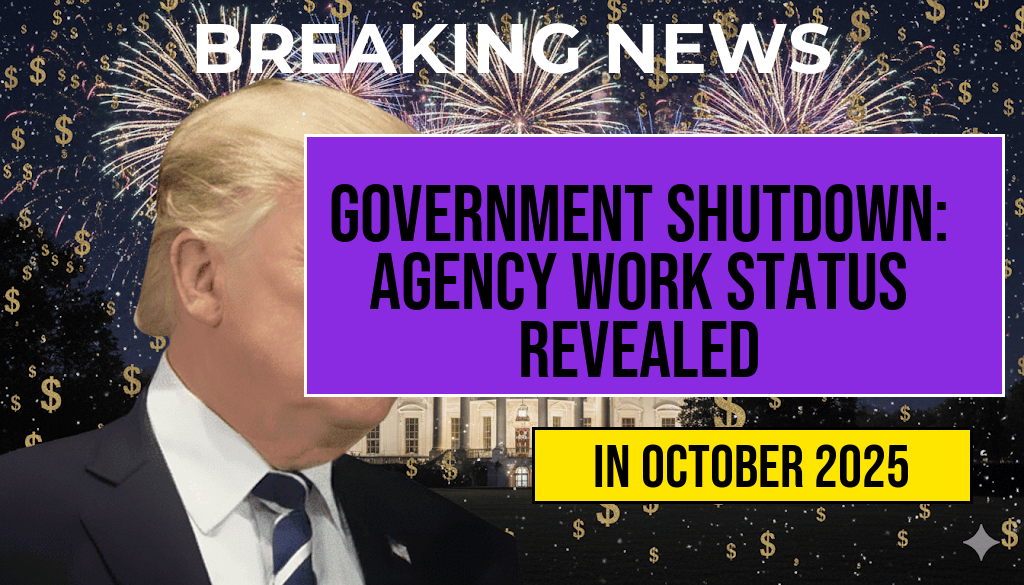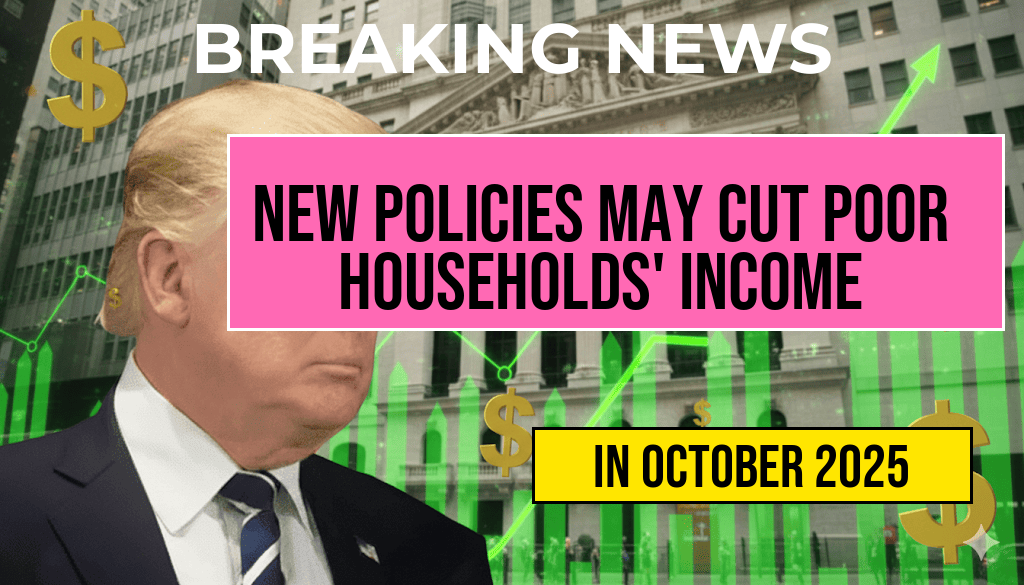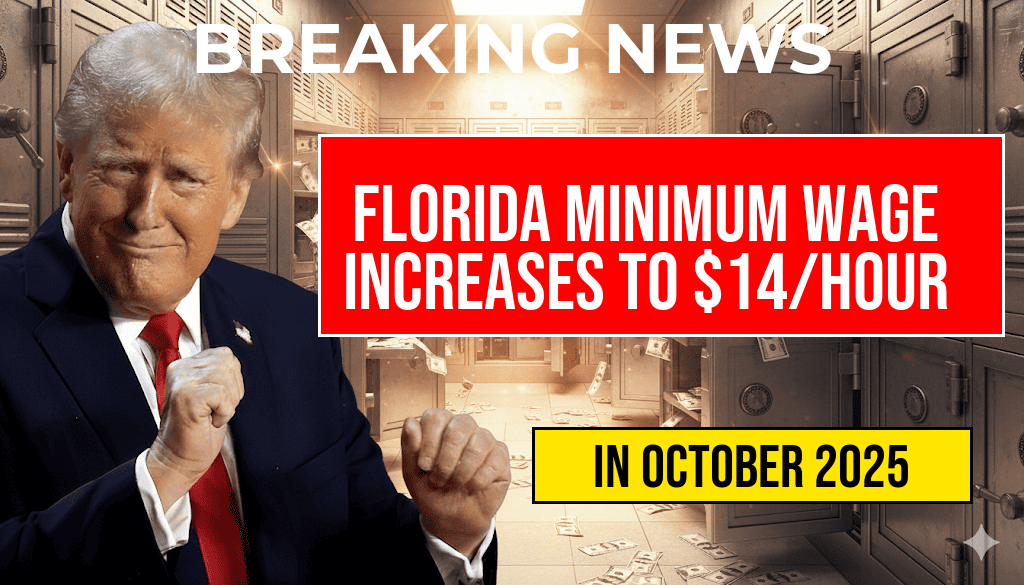Recent proposals for new economic policies could significantly impact the financial well-being of the nation’s poorest households, with estimates suggesting that these changes might lead to an average income reduction of $1,650 per year. The policies, aimed at addressing broader fiscal challenges, have raised concerns among advocacy groups and economic analysts who argue that such cuts could exacerbate existing inequalities. As lawmakers debate these measures, many are calling for a more equitable approach that protects vulnerable populations while still striving for fiscal responsibility.
Understanding the Proposed Policies
The new policies under consideration primarily focus on austerity measures designed to reduce government spending. Key aspects of these proposals include cuts to social safety nets, adjustments in tax credits, and potential reductions in funding for essential services such as healthcare and education. Experts warn that these changes may disproportionately affect low-income families who rely heavily on such support systems.
Potential Impact on Low-Income Families
According to a report from the Forbes Finance Council, the consequences of these policies could be dire for the most vulnerable. Many low-income families already face economic hardships, and further financial strain could lead to increased poverty rates and reduced access to basic necessities.
- Healthcare Access: Potential cuts to Medicaid and other health programs could leave millions without adequate medical care.
- Education Funding: Reductions in educational assistance may hinder children’s educational outcomes, perpetuating the cycle of poverty.
- Housing Support: Decreased funding for housing assistance could result in higher eviction rates and homelessness.
Economic Analysis of the Policies
Economists have expressed mixed reactions to the proposed changes. While some argue that reducing government spending is necessary for long-term economic stability, others caution that the immediate effects could be detrimental to the most vulnerable populations. A recent study published by the Washington Post highlights the potential for increased income inequality and social unrest if these policies are enacted without adequate safeguards.
Voices from Advocacy Groups
Advocacy organizations are mobilizing to oppose the proposed spending cuts. They argue that instead of reducing support for low-income families, policymakers should focus on increasing funding for social programs that have proven effective in alleviating poverty. The National Low Income Housing Coalition has called for a comprehensive review of the potential impacts of these policies, urging lawmakers to prioritize the needs of vulnerable populations.
Public Opinion and Political Response
As the debate unfolds, public opinion appears to be divided. Surveys indicate that while some segments of the population support fiscal austerity measures, many are concerned about the implications for low-income households. Politicians from both sides of the aisle are weighing the potential electoral fallout of these policies as they prepare for upcoming elections.
| Household Type | Estimated Income Reduction |
|---|---|
| Single-parent household | $1,650 |
| Two-parent household | $1,400 |
| Single individual | $1,200 |
Conclusion: A Call for Balanced Solutions
As the nation grapples with the implications of these proposed policies, many stakeholders are calling for a balanced approach that addresses fiscal responsibility without sacrificing the well-being of the poorest households. With the potential for widespread economic consequences, the discourse surrounding these policies will likely continue to evolve as more voices join the conversation. Policymakers face the challenge of navigating these complex issues while ensuring that the most vulnerable members of society are not left behind.
Frequently Asked Questions
What are the new policies that could affect poor households?
The new policies include changes in social welfare programs and adjustments to tax credits that are designed to impact the income of the poorest households.
How much could the income of the poorest households be reduced?
The analysis suggests that the income of the poorest households could be reduced by as much as $1,650 due to these changes.
Who will be most affected by these income reductions?
The most affected individuals will be those already struggling financially, particularly families relying on social assistance and low-income workers.
Are there any potential benefits to these new policies?
While the immediate impact seems negative, proponents argue that the new policies could lead to long-term economic growth, potentially benefiting households in the future.
What can affected households do to mitigate the impact?
Affected households may want to explore additional assistance programs, seek financial counseling, or engage with community organizations that can provide support during this transition.












